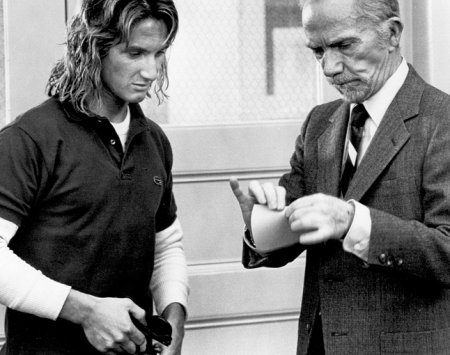“So what martial art do you do?”
“Wait, what is it again?”
“I practice Farang Hapkido.”
“You mean aikido?”
“No, I mean hapkido” And then I do the phonetic breakdown
syllable for syllable, “As in ‘hop’ ‘kee’ ‘doe’”
“Like tae kwon do?”
“Like tae kwon do?”
“Same country of origin, but not exactly.”
“Is it karate or what?”
This used to be the trajectory of most conversations about
hapkido when I began studying. When someone figures out that I am not an MMA
fighter, most people who ask me what martial art I “do” automatically assimilate
hapkido into a martial art they have heard of or even practiced for a brief
period. Some start making Bruce Lee sounds and punishing multiple opponents
with air-nunchaku. Others have driven by countless tae kwon do and karate
schools, and so hapkido must belong
to one of those martial families. Still others, because hapkido does share two
out of three syllables with aikido, have visions of Steven Seagal breaking four
bad guys and pursuing four more with an odd looking running motion.
I have learned to answer the question “what martial art do
you do?” by changing the paradigm from describing and comparing hapkido to
other martial arts that are more popular in the United States to a discussion
of geography. These days the conversation starts like this:
“What martial art do you do?”
“I practice hapkido, which is a Korean martial art. So
you’ve seen maps showing China, the Korean peninsula, and Japan, right?”
I am now the Mr. Hand to their Spicoli.
They weren’t
expecting me to change the paradigm. They are as stunned as Spicoli is when Mr.
Hand shows up at Jeff’s home to collect on “his time.” Seriously though, I
continue with every effort to presume that they are an expert in Asian
geography, but I still use my hand for Mainland China with my thumb as the
Korean peninsula, and my other index finger to represent Japan.
“You know how the Korean peninsula juts out from China, and
then across the Sea of Japan from there you have the country of Japan? Think of
hapkido, from Korea, as being caught between China and Japan. China is a
massive country, right? And so there’s tons of room to retreat and circle as
well as to flank and outmaneuver your opponent in a military campaign lasting
months or even years. However, in Japan, the fighting has to be more linear. There’s
just no room for broad, circling maneuvers – you’ll wind up in the water!”
At this point I’m as enthusiastic about this concept as I
was the first time my teacher told me to look at a map of the area with
fighting styles in mind. As a result, my listener is usually energized by my
excitement.
“So you have China, whose geography influences Chinese
martial arts to be flowing, circular, and absorbent or soft and Japan, whose
geography demands structured, hard, and linear fighting arts. So what about Korea?
Well, the Korean peninsula is geographically and philosophically in the middle
– half on the mainland and half in the water – and this is how to understand
hapkido people and what we do. Some hapkido techniques intercept the energy of
our opponents – very linear like the country of Japan, and other hapkido techniques
redirect that energy – very circular like the Chinese mainland. So hapkido as a
martial art is a combination of soft and hard, circular and linear, Chinese and
Japanese.”
Thirty seconds of talk has supplanted the normal human drive
to assimilate the unknown into the known and has replaced it with a concept
that gracefully describes what hapkido is. If someone really wants to know what’s
involved in hapkido techniques, and didn’t ask just to be polite, I could talk
about joint locks, kicks, punches, throws, weapons, grappling, sparring, offense,
defense, etc. and link all of them to geography. If they were simply looking to
show an interest in what I do, they have potentially come away with a new lens
through which any martial art can be viewed.
Either way, I am much happier now when I hear that same old
question, “So what martial art do you do?”
